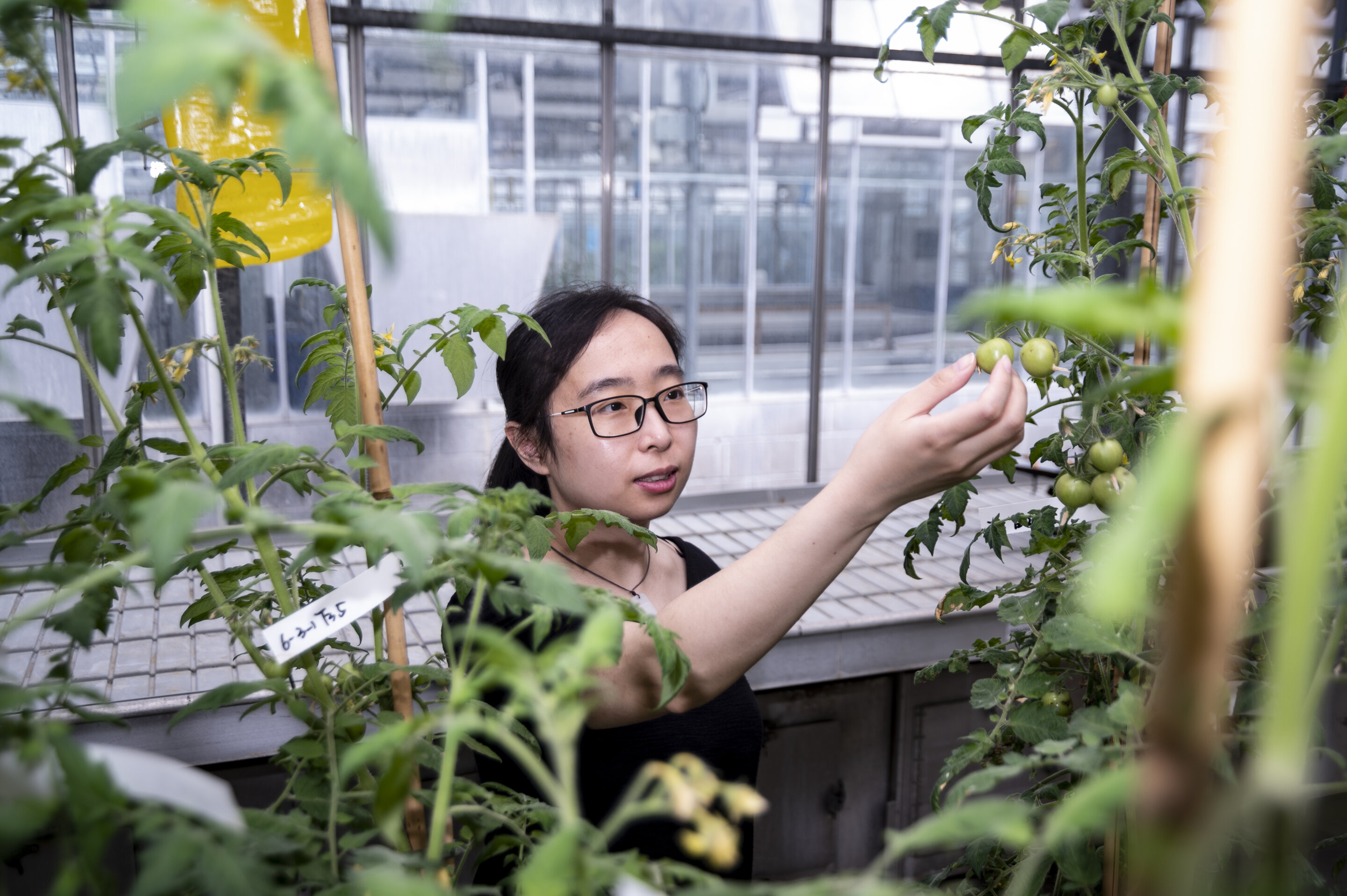Gene-edited tomatoes could be a new source of vitamin D
Date: 23.5.2022
Tomatoes gene-edited to produce vitamin D, the sunshine vitamin, could be a simple and sustainable innovation to address a global health problem.
 Researchers used gene editing to turn off a specific molecule in the plant's genome which increased provitamin D3 in both the fruit and leaves of tomato plants. It was then converted to vitamin D3 through exposure to UVB light.
Researchers used gene editing to turn off a specific molecule in the plant's genome which increased provitamin D3 in both the fruit and leaves of tomato plants. It was then converted to vitamin D3 through exposure to UVB light.
Vitamin D is created in our bodies after skin's exposure to UVB light, but the major source is food. This new biofortified crop could help millions of people with vitamin D insufficiency, a growing issue linked to higher risk of cancer, dementia, and many leading causes of mortality. Studies have also shown that vitamin D insufficiency is linked to increased severity of infection by COVID-19.
Tomatoes naturally contain one of the building blocks of vitamin D3, called provitamin D3 or 7-dehydrocholesterol (7-DHC), in their leaves at very low levels. Provitamin D3, does not normally accumulate in ripe tomato fruits.
Researchers in Professor Cathie Martin's group at the John Innes Centre used CRISPR-Cas9 gene editing to make revisions to the genetic code of tomato plants so that provitamin D3 accumulates in the tomato fruit. The leaves of the edited plants contained up to 600 ug of provitamin D3 per gram of dry weight. The recommended daily intake of vitamin d is 10 ug for adults.
When growing tomatoes leaves are usually waste material, but those of the edited plants could be used for the manufacture of vegan-friendly vitamin D3 supplements, or for food fortification.























